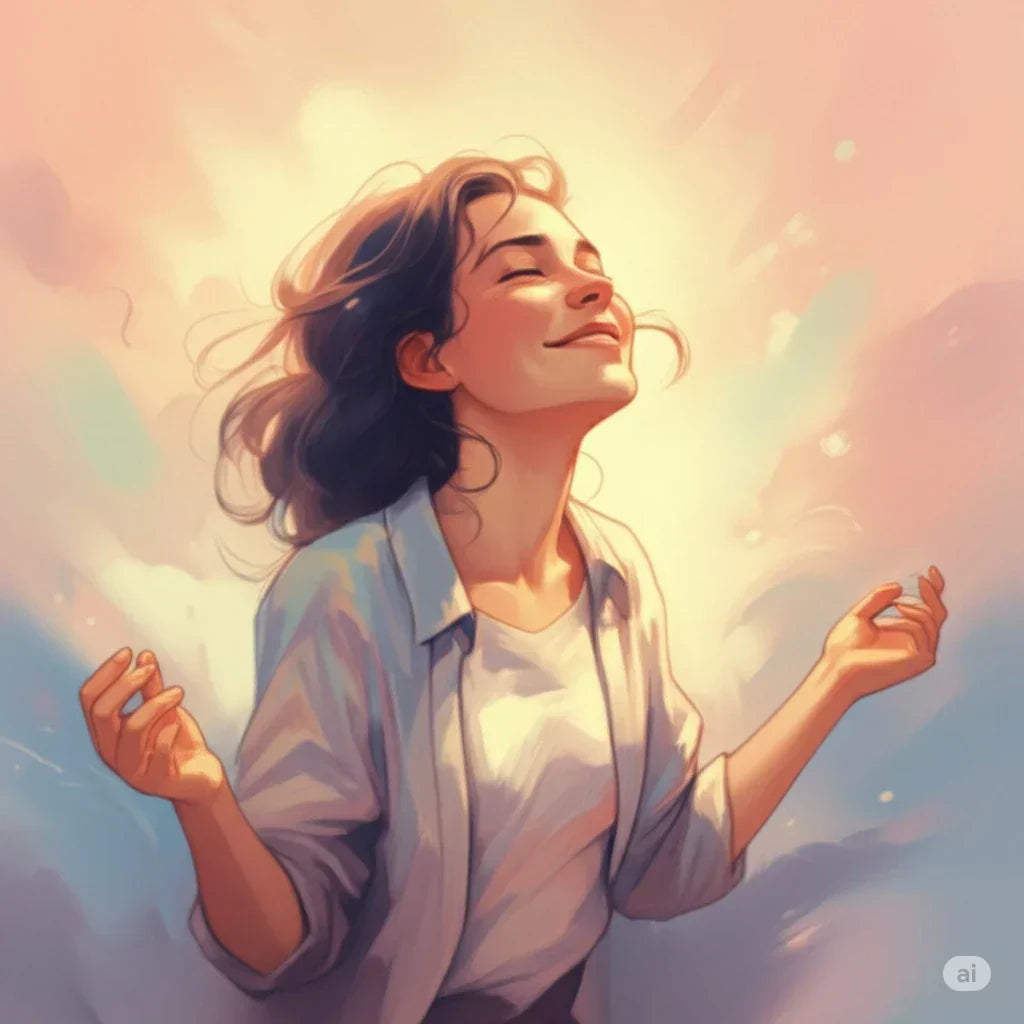Hmm... Can Tea Get You High?
Tea is beloved worldwide for its flavors, aromas, and potential health perks. We all know that morning perk from a strong black tea or the evening calm from chamomile, but is there more? Could some teas actually get you "high", altering perception or creating euphoria like recreational substances do?
The Classics: Camellia sinensis (Black, Green, White, Oolong)
These are the teas we drink every day. Their key players:
- Caffeine blocks adenosine receptors, boosting alertness and energy. It doesn't create euphoria or hallucinations, just focus (though too much brings jitters or insomnia).
- L-theanine is a unique amino acid that crosses the blood-brain barrier, raising alpha brain waves and promoting calm focus. It smooths out caffeine's edge (especially in a 2:1 theanine-to-caffeine ratio)
Together, they give a balanced lift, not a "high."
Herbal Infusions: When Tea Enters the Altered States Arena
Here's where things get intriguing:
-
Kava (Piper methysticum)
- Root-based beverage from the Pacific Islands, rich in kavalactones which act on GABA receptors.
- Brings relaxation, mild euphoria, and sociability, not hallucinations, but can impair coordination or induce drowsiness. Note potential liver toxicity with heavy or improper use.
-
Blue Lotus (Nymphaea caerulea)
- Used in ancient Egypt, contains aporphine and nuciferine alkaloids linked to mild euphoria, dreamy awareness, and enhanced calm en.wikipedia.org.
- Often enjoyed for its gentle, slightly euphoric lift, especially in rituals or relaxation routines.
-
Kratom (Mitragyna speciosa)
- Southeast Asian tree leaves, brewed or chewed. Key alkaloids like mitragynine and 7-hydroxymitragynine bind opioid receptors
- At low doses: stimulant-like focus; at high doses: sedation and euphoria.
- Risks include dependence, withdrawal, and serious adverse events (liver damage, seizures).
-
Psilocybin ("Magic Mushroom") Teas
- Not traditional "tea," but brewed mushrooms release psilocybin/psilocin, potent hallucinogens.
- Leads to altered perception, mood shifts, hallucinations, and spiritual experiences; illegal in many regions.
-
Other Risky Botanicals
- Salvia divinorum, Datura, Belladonna, and others contain powerful compounds, often deliriants. Extremely dangerous, potentially fatal, and not meant for casual consumption.
Subtle Synergies & the "Entourage Effect"
Even subtle teas like aged pu-erh or dark oolong are prized for their "tea energy" or cha qi, gentle focus and calm that can feel like a slight shift in mood. These effects arise from complex phytochemical interactions, not a high, but still meaningful.
Expectations Matter Too
The mind is powerful. The ritual of brewing, the scent of the cup, the present moment, all these enhance perception. A placebo effect can play a real role in feeling uplifted or relaxed.
Bottom Line: When Tea Gets You "High"
| Tea Type | Psychoactive Impact |
|---|---|
| Classic teas | No "high"; move the energy/mind slightly |
| Kava, Blue Lotus | Mild euphoria, sedation, dreaminess |
| Kratom | Opioid-like at high doses, risk of abuse |
| Psilocybin teas | Full psychedelic effects, illegal in many places |
| Toxic herbs | Dangerous delirium or poisoning, no safe use |
Final Takeaways:
- Everyday teas (black, green, white, oolong) won't get you high.
- Some herbal infusions like kava and blue lotus offer gentle mood shifts.
- Kratom and mushroom teas bring stronger effects along with higher risk.
- Always research legal status, dosage safety, and sourcing quality before exploring psychoactive botanicals.






